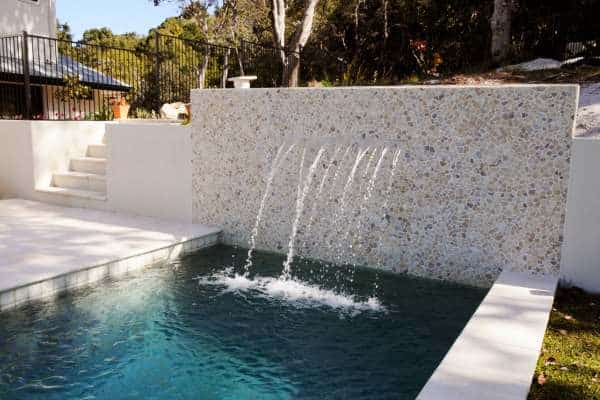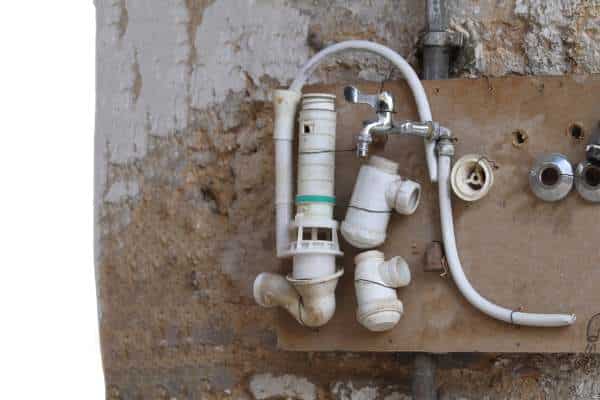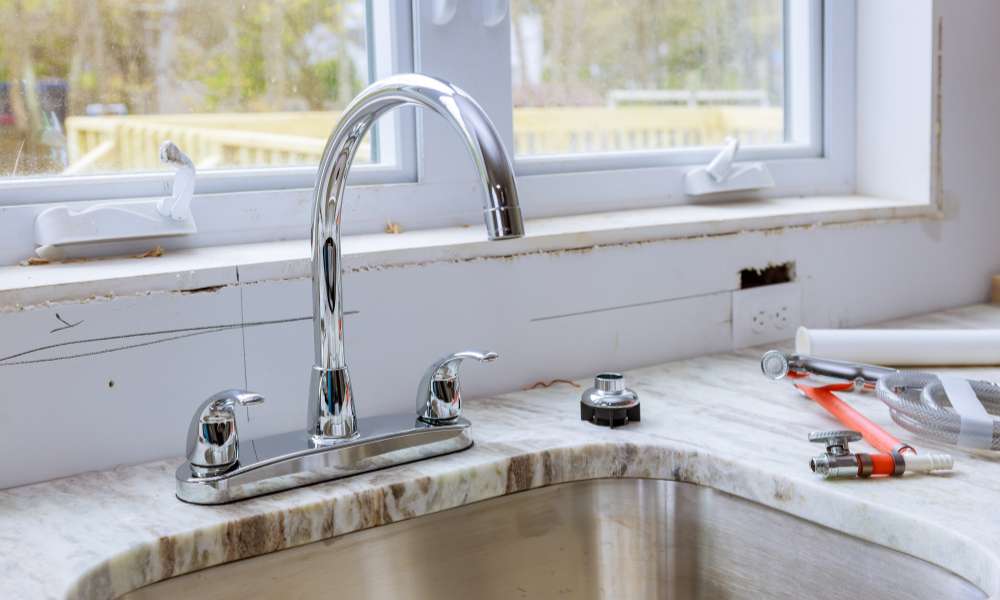Understanding how much to install a kitchen faucet can make a significant difference in your budget and renovation plans. Whether you’re replacing an outdated fixture or installing a brand-new one, knowing the costs involved and the benefits of this upgrade is crucial. Installing a kitchen faucet not only enhances the aesthetic appeal of your kitchen but also improves functionality and efficiency. It’s important to consider factors like the type of faucet, installation complexity, and potential additional plumbing needs. By understanding these elements, you can make informed decisions and ensure a smooth installation process that meets your needs and budget requirements.
How Much Does It Typically Cost To Install A Kitchen Faucet?

The cost of installing a kitchen faucet can vary depending on several factors such as the type of faucet, complexity of installation, and the location. On average, the cost typically ranges from $150 to $350 for professional installation services. This price may include labor costs, materials, and any additional fees for plumbing adjustments or repairs.
How Long Does It Take To Install A Kitchen Faucet?

The time it takes to install a kitchen faucet can vary depending on the complexity of the installation and your level of experience. Generally, a straightforward installation can take around 1-2 hours for someone with basic DIY skills. This includes turning off the water supply, removing the old faucet, preparing the area, and installing the new faucet.
Plumbing Setup
Installing a kitchen faucet may seem like a simple task, but the cost can vary depending on various factors. The average cost to install a kitchen faucet ranges from $150 to $350, with additional expenses if any modifications or repairs are needed. It’s important to consider the type of faucet you choose, as more high-end and complex designs may require professional installation.
Additional Features

Evaluating the additional features of the faucet influences the overall cost of installation. Modern kitchen faucets often come with various features such as pull-down sprayers, touchless technology, and adjustable water flow settings. These features not only enhance functionality but also affect the complexity of installation. Faucets with advanced features may require more intricate plumbing work or electrical connections, which could incur higher installation costs. Considering the benefits of these additional features against the installation expenses helps in making an informed decision that suits both your budget and kitchen requirements.
Cost Breakdown
1. Labor Costs
The primary components of these expenses typically include labor costs, materials, and potential unexpected expenses. Labor costs are a significant factor, with professional plumbers charging varying rates depending on the complexity of the installation and local market rates. It’s advisable to obtain quotes from multiple plumbers to ensure competitive pricing without compromising on quality.
2. Materials
Materials also contribute to the overall cost. This includes the faucet itself, which can range in price depending on brand, design, and features such as touchless technology or water filtration systems. Additionally, necessary installation components like connectors, valves, and sealants add to the material expenses. Opting for high-quality materials ensures durability and long-term functionality, reducing the likelihood of repairs or replacements in the future.
3. Unexpected Expenses
Unexpected expenses can arise during the installation process, particularly if there are underlying plumbing issues or complications with existing fixtures. These unforeseen costs might include repairing damaged pipes, addressing corroded fittings, or upgrading outdated plumbing systems to meet current building codes. Planning for such contingencies by setting aside a buffer in your budget can help mitigate financial surprises and ensure a smoother installation experience.
Diy Installation
For those with DIY skills, opting for a DIY installation can significantly reduce the cost of installing a kitchen faucet. DIY installations eliminate labor costs associated with hiring a professional plumber. However, it’s essential to have the necessary tools, expertise, and confidence to handle the installation correctly. Following manufacturer guidelines and ensuring proper sealing and connections are crucial to prevent leaks and ensure the faucet operates efficiently. DIY installations are suitable for straightforward replacements or installations where existing plumbing connections are compatible, making it a cost-effective option for savvy homeowners.
Upgrading To A High-End Faucet

Upgrading to a high-end faucet is not just about aesthetics; it’s about enhancing the functionality of your kitchen and adding a touch of luxury to your space. High-end faucets often come with advanced technologies that make them more durable and efficient, saving you time and money in the long run. With features like touchless activation, temperature control, and adjustable water flow, these faucets provide convenience and ease of use like never before.
Retrofitting Older Plumbing
Retrofitting older plumbing systems is another factor to consider when estimating the cost to install a kitchen faucet. Older homes may have plumbing configurations that require adjustments or updates to accommodate modern faucet designs. This can affect installation complexity and potentially increase costs if additional plumbing work is needed. However, investing in updating the plumbing can prevent future issues and ensure compatibility with the new faucet, enhancing the overall efficiency of your kitchen.
Comparing Quotes
Quotes can vary based on factors such as the complexity of installation, the type of faucet chosen, and any additional services required. Obtaining multiple quotes allows you to not only find the most competitive price but also to evaluate the expertise and reputation of the service providers. Look for contractors who offer transparent pricing, warranty options, and positive customer reviews to ensure a successful faucet installation that meets your expectations and budget constraints.
The Final Thought
The cost of installing a kitchen faucet can vary depending on factors such as the type of faucet, complexity of installation, and hiring a professional plumber. It is essential to consider both the upfront cost and long-term benefits when choosing a new faucet for your kitchen. By comparing prices and researching different options, you can make an informed decision that suits your budget and needs. Remember to also factor in any additional costs such as plumbing supplies or labor fees to ensure an accurate estimate. Ultimately, investing in a high-quality kitchen faucet can enhance the functionality and aesthetic appeal of your kitchen space, making it a worthwhile upgrade for your home.

